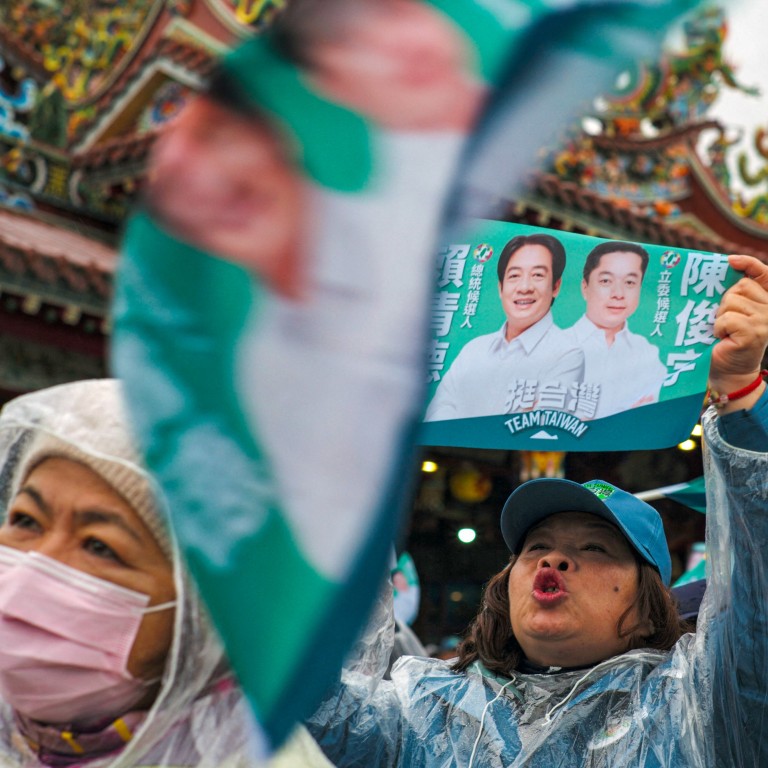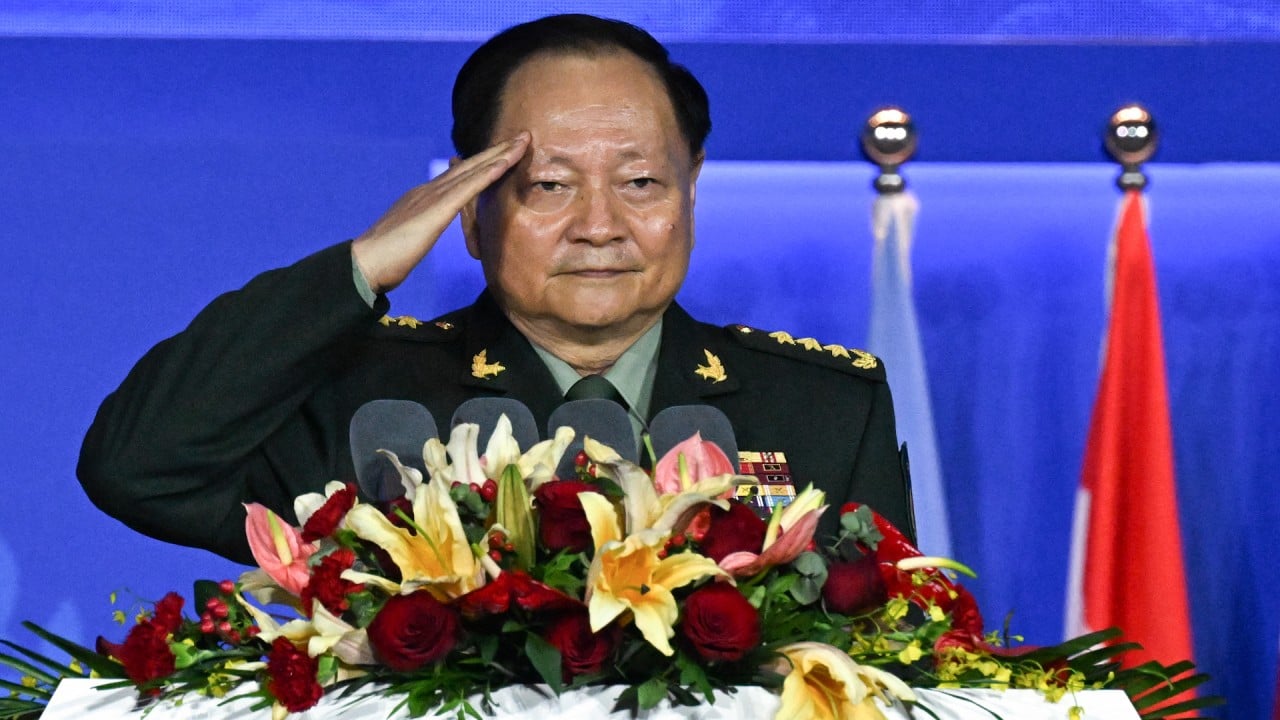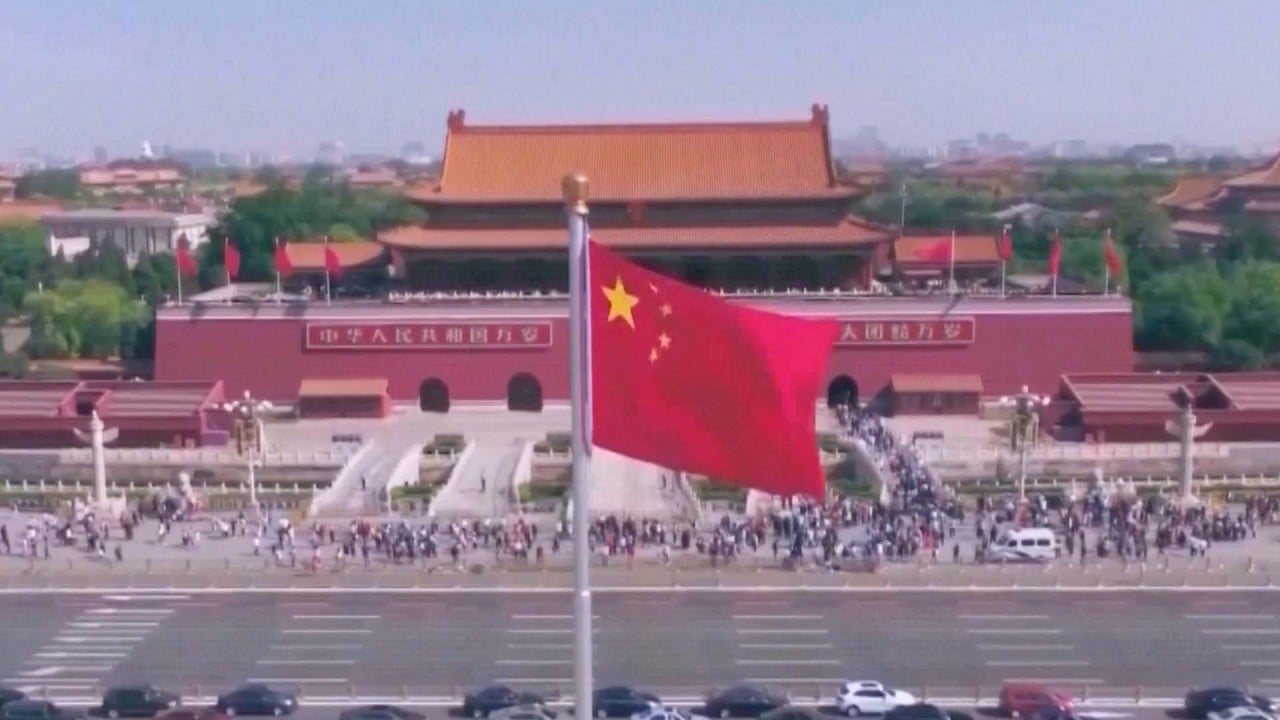
G7 is wrong: threat to Taiwan peace is not reunification but secession
- China will reunite with Taiwan; whether peacefully or militarily, this is its own legitimate business
This statement is hypocritical, mendacious and deceptive at best, and dangerous at worst. It is hypocritical to call for a peaceful resolution without giving due respect to China’s sovereignty, territorial integrity and internal affairs.
It is secession that is a threat to peace, as it constitutes a gross violation of both national and international laws.
The G7 statement is mendacious as it intentionally distorts the history and nature of cross-strait relations.
Since 1949, when the government of the Republic of China retreated to Taiwan, the civil war between the nationalists and communists – who first fought from 1927-1937, and then from 1945-1949 – has never officially concluded.
Early attempts to resume that war, whether in the People’s Republic of China trying to liberate Taiwan or by the Republic of China counter-attacking the mainland, were all efforts to reunify the country.
The US argues that in the 1972 Shanghai communique, it only acknowledged that “all Chinese on either side of the Taiwan Strait maintain there is but one China and that Taiwan is a part of China”, indicating disagreement and no commitment.
But the 1978 communique on the establishment of diplomatic relations states the US not only recognises “the government of the People’s Republic of China as the sole legal government of China” but also acknowledgesthe Chinese position that “there is but one China and Taiwan is part of China”.
The Taiwan question is for Beijing – not the US – to resolve
The 1982 communique further strengthened that commitment by reaffirming it from the outset and reiterating that the US “has no intention of infringing on Chinese sovereignty and territorial integrity, or interfering in China’s internal affairs, or pursuing a policy of ‘two Chinas’ or ‘one China, one Taiwan’”.
The US’ behaviour not only contravenes its international obligation not to invoke internal law as a justification for its failure to meet its international commitments, but is also at odds with the overwhelming international support for the one-China principle.
The disagreement between a “one China policy” and the “one-China principle” sheds much light on the terminology battle between an “international rules-based order” and the international law-based order. China has good reasons to neither recognise nor acknowledge an international rules-based order.
Finally and importantly, the G7 statement is dangerous in putting the means before the ends, and sending out the wrong signal.
Remember, a peaceful resolution of cross-strait issues may be the ideal but it is only the means to the goal of reunification. There are alternatives to the peaceful means – but none to reunification.
As Tesla founder Elon Musk has pointed out, China’s official policy is to reunite with Taiwan – peacefully or militarily. One does not need to read between the lines: just read them. Reunification is inevitable.
Taiwanese independence would spell the end of peace. The G7 statement is whitewashing in vain.
Xu Xiaobing is director of the Centre of International Law Practice at Shanghai Jiao Tong University Law School




